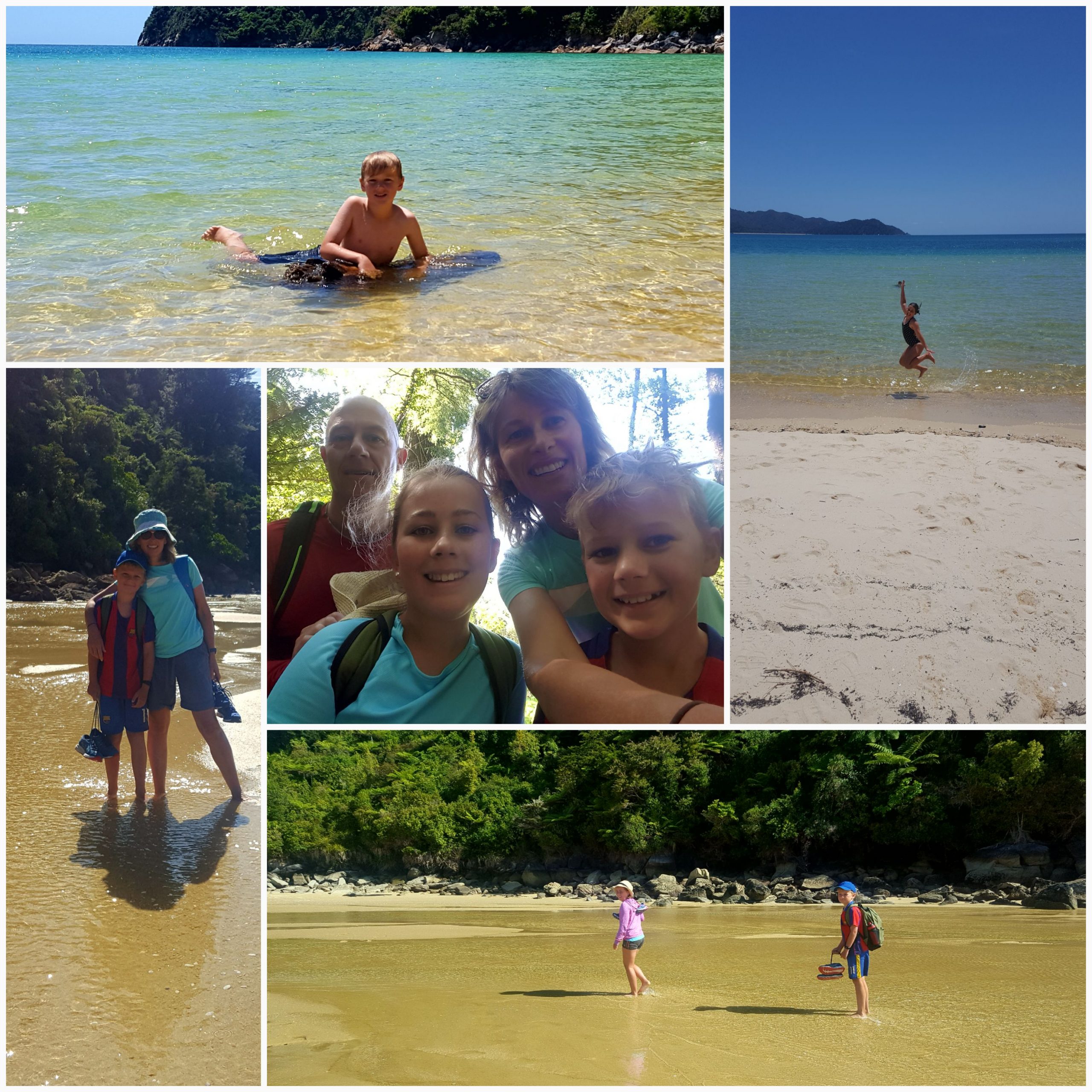
Inshore fishing for snapper is a thrilling pursuit that combines the excitement of angling with the breathtaking beauty of coastal landscapes. Snappers, a popular and delectable saltwater fish, are abundant in coastal waters, making them an enticing target for anglers of all skill levels. In this comprehensive guide, we’ll delve into the world of inshore fishing for snapper, exploring the best techniques, gear, and locations to maximize your chances of landing these prized catches.
Before we embark on our inshore fishing adventure, it’s crucial to understand the target species. Snappers belong to the Lutjanidae family and are known for their vibrant colors, sharp teeth, and delicious flesh. These predatory fish are commonly found in shallow waters, making them accessible and exciting targets for inshore anglers.
Gear Essentials for Inshore Snapper Fishing
Selecting the right rod and reel is paramount for successful inshore snapper fishing. A medium to medium-heavy spinning rod, ranging from 6 to 7 feet, paired with a quality spinning reel, is ideal for this type of angling. The flexibility of a spinning rod allows for accurate casting, while the reel’s smooth drag is crucial when battling snapper.
Opt for a braided fishing line with a test strength between 20 and 40 pounds, as it provides both strength and sensitivity. Attach a fluorocarbon leader of 15 to 30 pounds to the end of the mainline to enhance stealth and abrasion resistance, especially when fishing near structures where snappers often lurk.
Circle hooks in the 2/0 to 4/0 size range are excellent for snapper fishing, as they often result in lip hooking, minimizing injury to the fish. When it comes to bait, snappers are opportunistic feeders. Live bait such as shrimp, pinfish, or small mullet can be highly effective. Additionally, soft plastics and jigs mimic the appearance of prey and can entice strikes from hungry snappers.
Selecting Prime Inshore Fishing Locations
Snappers are notorious for hiding around underwater structures and reefs. Inshore waters often feature shallow reefs that provide excellent hiding spots for these elusive fish. Focus on casting around rocky outcrops, submerged structures, and reef edges to increase your chances of hooking a snapper.
Seagrass beds and shallow flats are prime locations for inshore snapper fishing. Snapper patrol these areas in search of small fish and crustaceans. Use your knowledge of tidal movements to identify feeding patterns, and position yourself strategically to capitalize on these opportunities.
Mangrove shorelines are another hotspot for inshore snapper action. These habitats offer a combination of structure and ample prey, creating an ideal environment for snapper to thrive. Cast your bait near mangrove roots and submerged branches, and be prepared for a thrilling fight when a snapper takes the bait.
Practical Techniques for Inshore Snapper Fishing
Drifting with the current while casting your baited rig can be a highly effective technique for inshore snapper fishing. This approach allows you to cover a larger area and present your bait to various potential hiding spots. Keep an eye on your line for subtle twitches or sudden movements, as snappers are known for their quick and decisive strikes.
Snappers are bottom-dwelling fish, and targeting them near structures is a tried-and-true method. Anchor near reefs, wrecks, or other underwater formations, and drop your baited rig to the bottom. Be patient; snapper may take time to locate your offering, but the payoff can be well worth the wait.
Snappers exhibit aggressive feeding behavior in certain conditions, making topwater lures an exciting option. When the water is clear, and snappers are actively hunting, cast surface lures such as poppers or walk-the-dog style baits. The explosive strikes that follow can provide an adrenaline-pumping experience for any angler.
Conservation and Responsible Angling Practices
As inshore snapper fishing gains popularity, anglers must prioritize conservation and responsible practices. To ensure the sustainability of snapper populations, anglers must follow local regulations regarding size limits and bag limits. Additionally, they should practice catch-and-release when appropriate and handle snapper with care to minimize stress and injury.
Inshore fishing for snapper is a rewarding pursuit that combines skill, strategy, and appreciation for the coastal environment. Armed with the right gear, knowledge of prime locations, and effective techniques, anglers can unlock the thrills of chasing these vibrant and tasty fish. Whether you’re a seasoned angler or a novice, inshore snapper fishing offers an opportunity to connect with nature and enjoy the exhilaration of the catch. So, gear up, head to your favorite coastal spot, and prepare for an unforgettable fishing adventure.